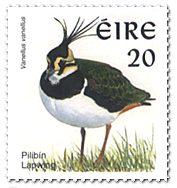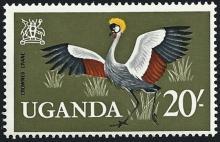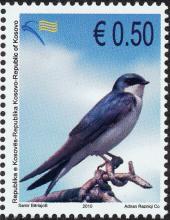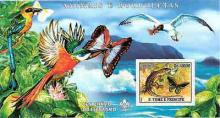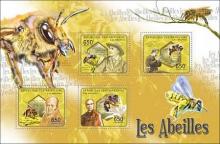The Future is Bleak for Dutch Farmland Birds
The Black-tailed Godwit was once a common sight in Dutch meadows. The bird used to flourish in the peat soil habitats in the western part of the Netherlands. Invertebrates profited from enrichment of the soil with manure and fertilisers and earthworms (Lumbricidae), leatherjackets (Tipulidae), snails and other species were abundant. The combination of abundant food, at least for adult birds, and the soft peat soil (which is easily penetrated by the long bill of the Black-tailed Godwit) made the western part of the Netherlands a prime breeding habitat for the Black-tailed Godwit.



